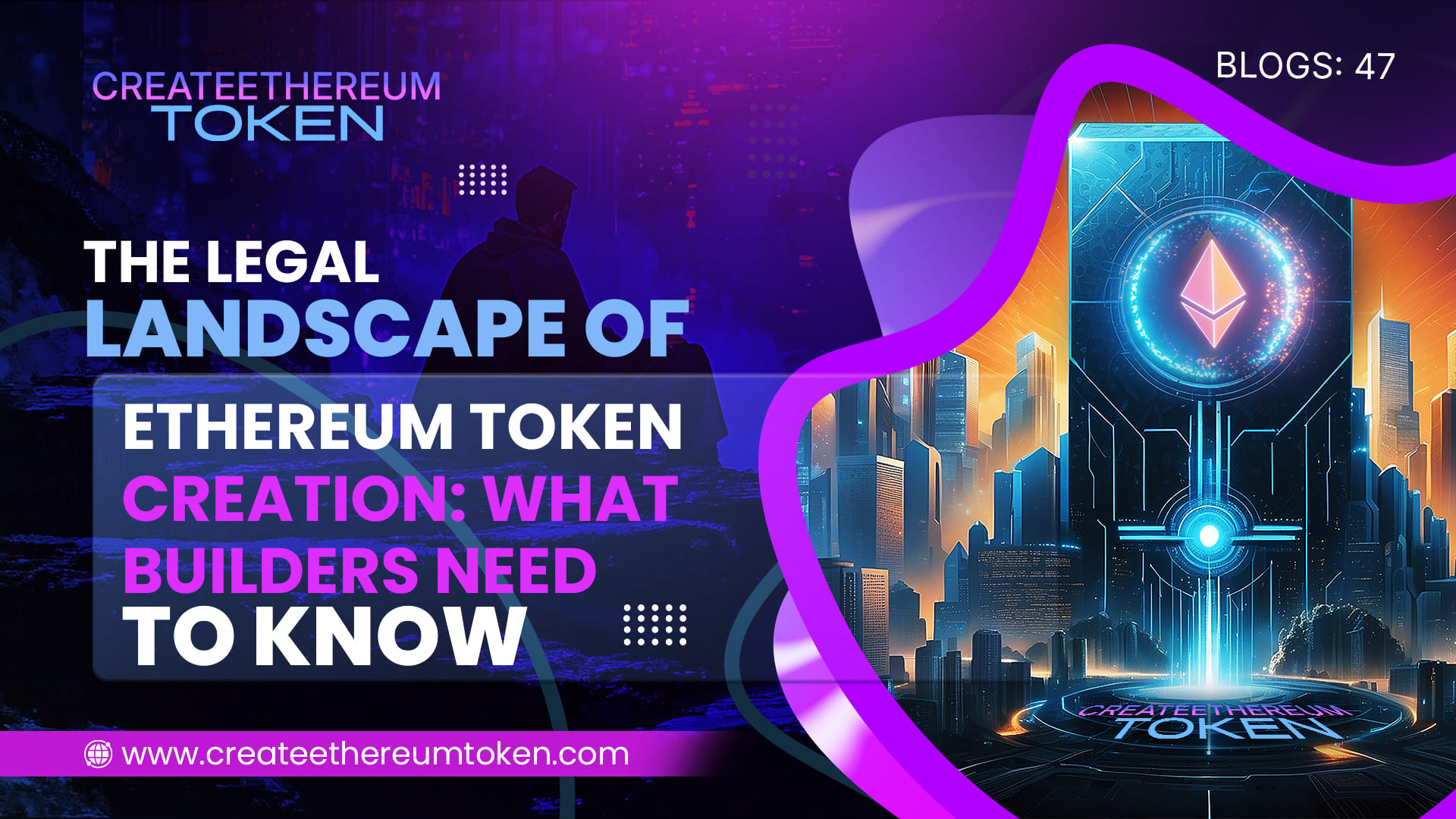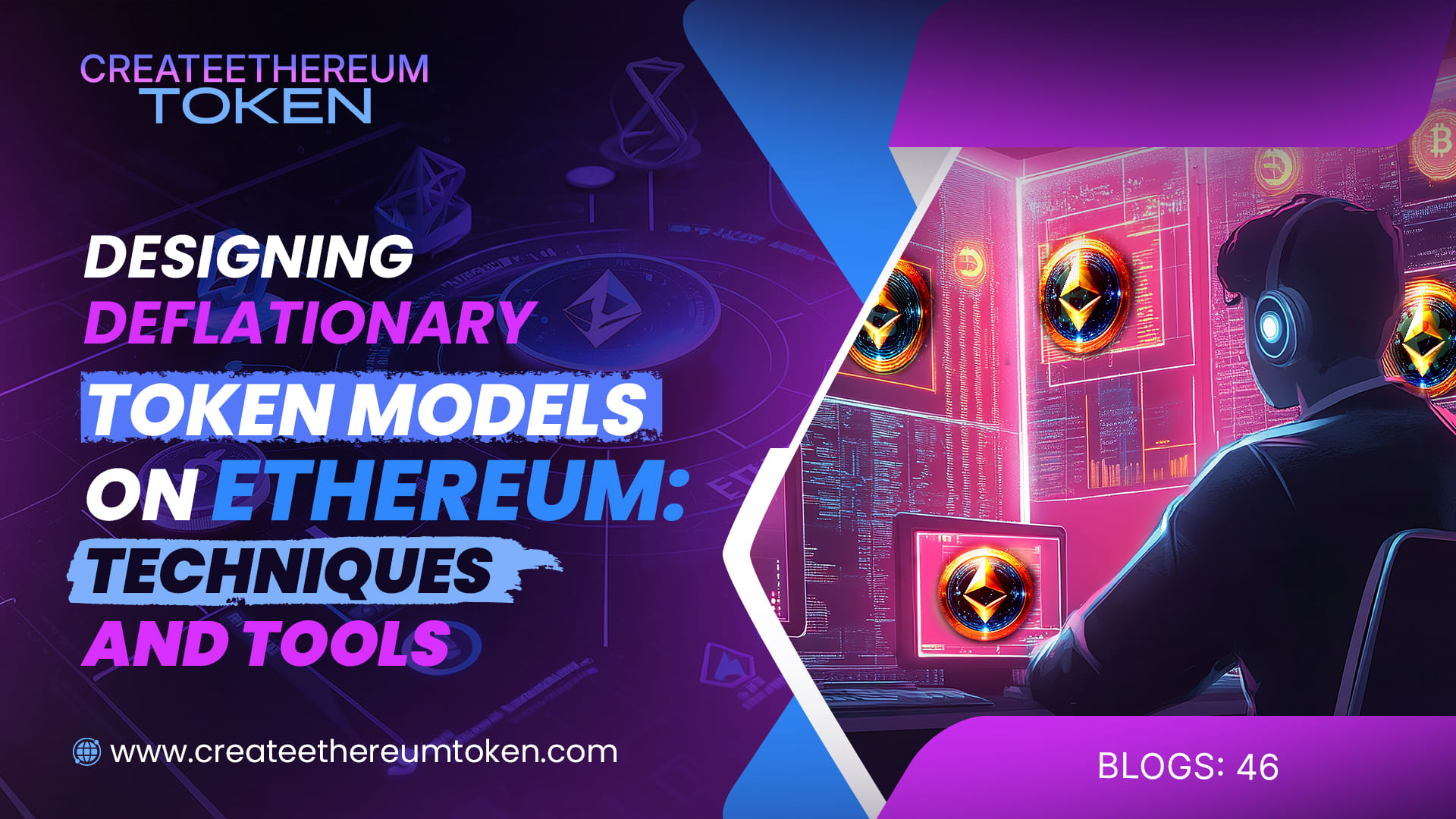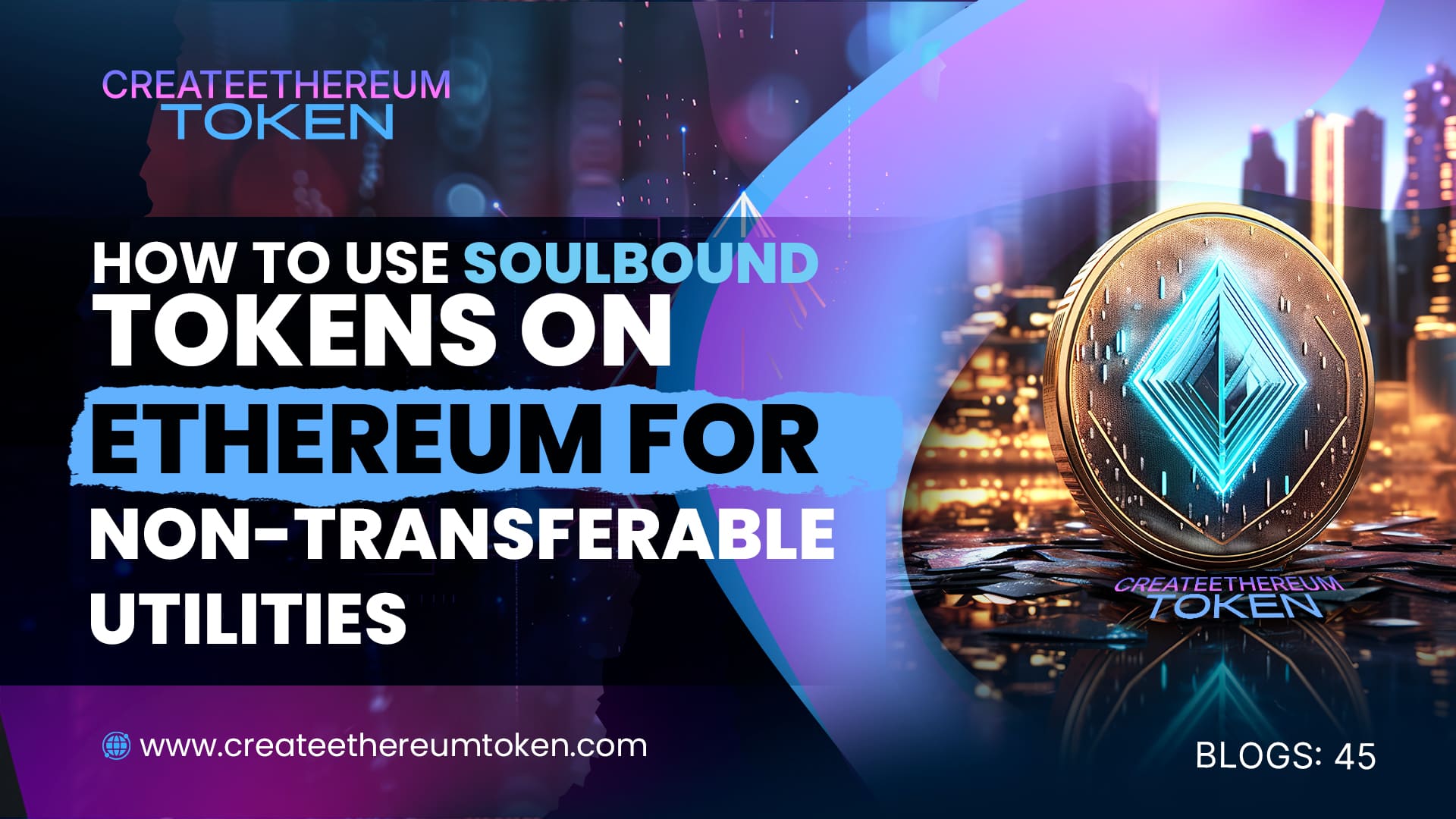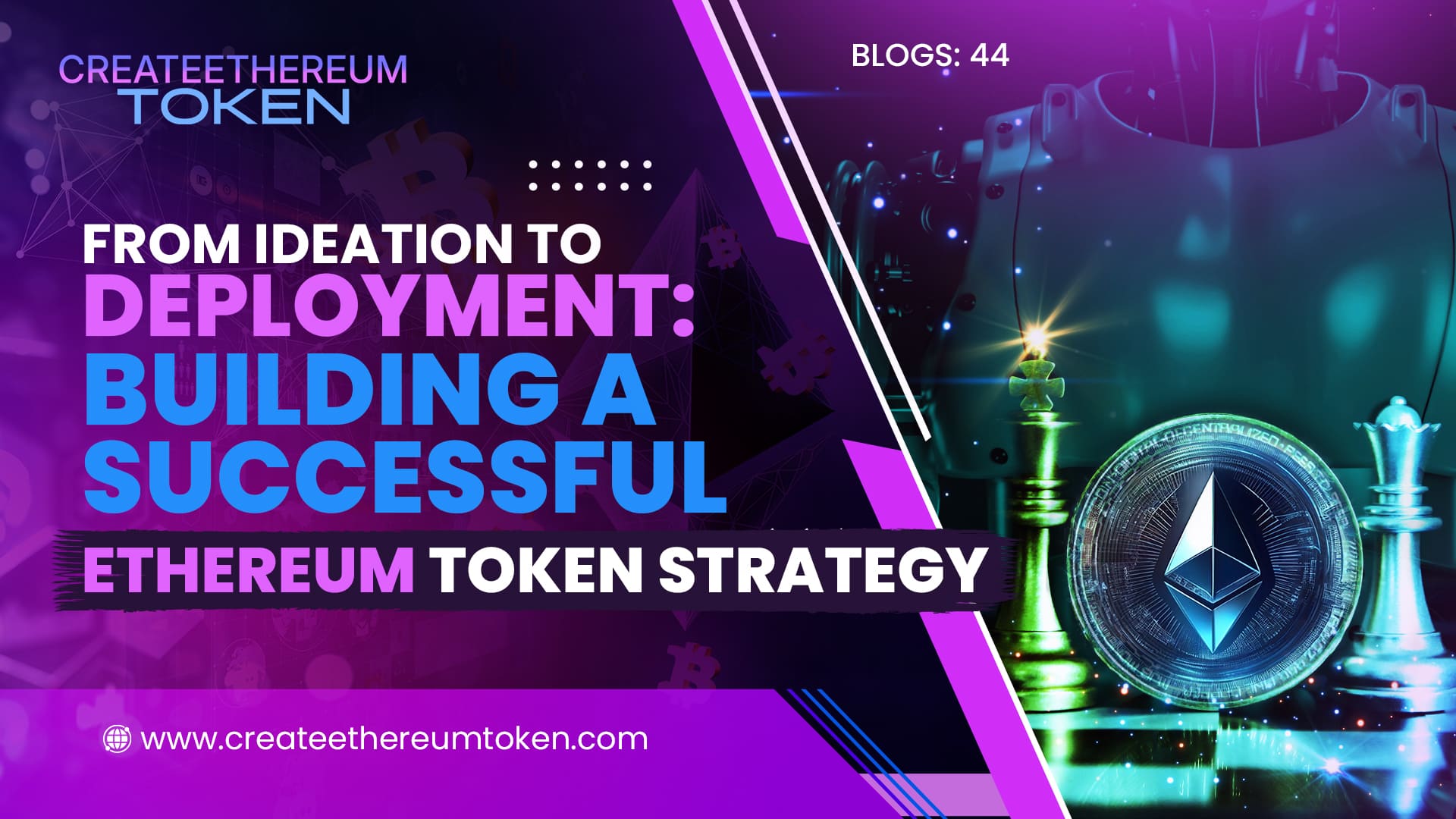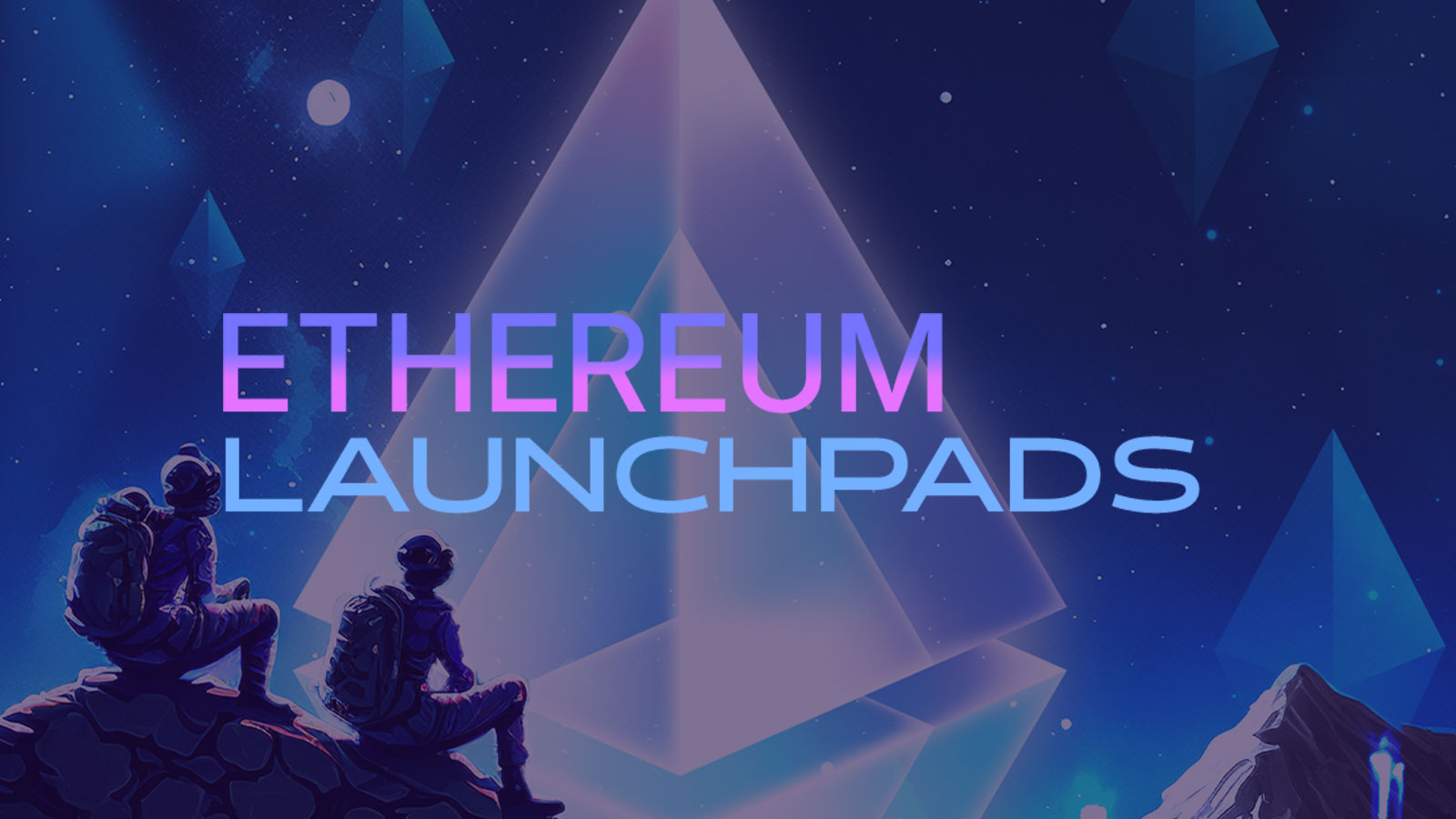October 17, 2024
How to Choose the Right Ethereum Token Standard for Your Project in 2024
When creating a token on the Ethereum blockchain, choosing the right token standard is one of the most important decisions a developer or project creator will make. In 2024, Ethereum continues to be the leading platform for token creation, offering several token standards that cater to different use cases, from fungible tokens to non-fungible tokens (NFTs). This blog will explore the main Ethereum token standards and help you decide which one is right for your project.
1. ERC-20: The Standard for Fungible Tokens
The ERC-20 standard is the most widely used for creating fungible tokens on Ethereum. Fungible tokens are interchangeable, meaning each token is the same as any other, like currency. Projects that aim to create cryptocurrencies, DeFi tokens, or utility tokens often use the ERC-20 standard because of its compatibility with most wallets and exchanges. ERC-20 tokens are easy to create and integrate into the Ethereum ecosystem.
Best for: DeFi tokens, governance tokens, cryptocurrencies, utility tokens.
2. ERC-721: The NFT Standard
The ERC-721 standard is used for creating non-fungible tokens (NFTs). Unlike fungible tokens, each ERC-721 token is unique and cannot be exchanged on a one-to-one basis with another token. This makes ERC-721 ideal for digital collectibles, art, gaming assets, and any project where ownership of unique assets is essential.
Best for: Digital art, NFTs, gaming assets, collectibles.
3. ERC-1155: Multi-Token Standard
The ERC-1155 standard is more versatile than ERC-20 and ERC-721. It allows for the creation of both fungible and non-fungible tokens within the same smart contract. This can be particularly useful for gaming or metaverse projects, where you may need a mix of tokens representing currency and unique in-game items. By using ERC-1155, developers can save on gas fees and simplify token management by handling multiple assets under a single contract.
Best for: Games, metaverse projects, and projects requiring both fungible and non-fungible tokens.
4. Choosing the Right Standard
When deciding which Ethereum token standard to use, consider your project’s goals. If you’re creating a fungible token for DeFi or governance, ERC-20 will be the best choice. If your project involves unique assets, ERC-721 or ERC-1155 will be more appropriate. Think about scalability, transaction costs, and how the token will interact with other parts of the Ethereum ecosystem when making your decision.
Conclusion
In 2024, choosing the right Ethereum token standard is critical for the success of your project. Whether you’re creating fungible tokens for DeFi, launching NFTs, or developing a gaming platform that needs both, Ethereum’s range of token standards offers the flexibility to meet your project’s needs. By understanding the strengths of ERC-20, ERC-721, and ERC-1155, you can ensure that your token integrates seamlessly into the Ethereum ecosystem and achieves your project’s goals.
